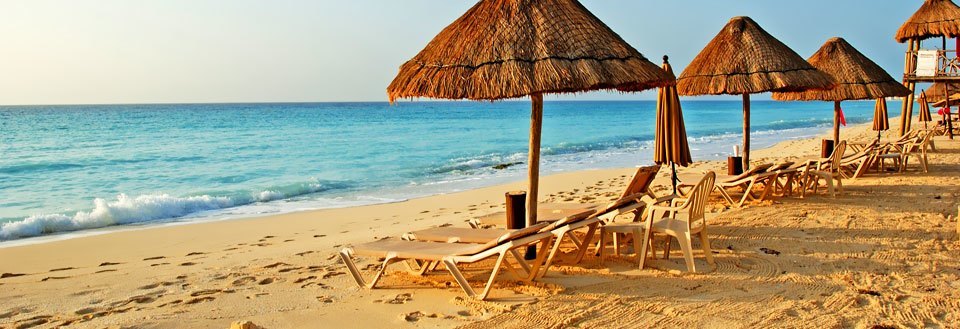
The Agua Azul waterfalls are a must to see, if you're in Mexico. They contain the most amazingly blue water and have been classified as national park. It is possible to swim near the waterfalls but it is also dangerous as the current is quite strong. The waterfalls are located about an hour's drive from Palenque.
Teatro Degollado is situated in the city of Guadalajara on Plaza de la Liberación, where, every Sunday morning, there are performances by local musicians and with traditional Mexican dances. The theatre was built in 1855 In Greek style and the frieze at the entrance shows the nine muses. A statue of the liberty hero Miguel Hidalgo is located in the middle of the square.
The home of the painter, Diego Rivera, can be visited in the city of Guanajuato. The place has been turned into a museum, where you can see some of the painter's first paintings. Diego Rivera was a Marxist and not very popular in his conservative place of birth, but since then the city has embraced the famous artist.
El Castillo, on Yucatan Peninsula, is a beautiful pyramid, showing the Mayan calendar. 91 steps on each side lead to the top of the pyramid, which adds up to 365, including the topmost steps. By the base of the pyramid are 52 squares, representing the number of years in the Indian time cycle.
The remains of the Maya Indians' home are located 8 km from Palenque, on a plateau, surrounded by rainforest. The rainforest supposedly hides several other buildings, just waiting to be dug out. You can see examples of fresco paintings along with Indian hieroglyphs and reliefs on the buildings, which are beautifully ornamented. The most impressive building is the Temple of Inscriptions, which is located on top of a 24 metres high pyramid.
The Monte Albán ruins are situated west of Oaxaca, on a several hundred metres wide, manmade mountain plateau. Both the Zapotec and the Mixtec have inhabited the place through the years, and you can easily spend a couple of hours here, where you can find the remains of palaces, temples and pyramids. Today, the ruins are grey, but they used to be painted in bright colours. You can still see paintings in some of the graves.
Xel Ha, north of Tulum, is a national park and one of the best places on the Mexican mainland for snorkelling, with colourful fish, corals and nice, crystal clear water. The lagoon also contains a museum, where you can see the remains of the wreck Mantanceros, which was found off of Xel Ha.
El Zócalo is a historical square in Mexico City, as it has been built on the ruins of the Aztecs' ancient capital, Tenochtitlán. Zócalo means column, and this is exactly what was raised many years ago on the square as a monument, commemorating the Mexican liberation from the Spanish in 1821. The column stood there for many years and thus gave the square its name.
La Mercéd, situated in the eastern part of the capital, is a huge market, where everything from vegetables to meat and dairy-products are sold in a hectic and chaotic atmosphere. The market is the largest of its kind in the world, and is a great experience, where the tourist gets to meet the Mexicans. You can also buy a large quantity of tropical fruits for virtually nothing.
The Anthropological Museum in Mexico City is considered one of the best of its kind in the world, and contains 12 archaeological rooms, telling of different periods and times, such a, for instance, the Maya culture. The exhibitions are very well arranged, but if you haven't got time for it all, the best of them are the Toltec (room 6), Aztec (room 7) and Maya (room 10).
The Floating Gardens are situated in Xochimilco, the "Mexican Venice", where a large network of canals wind in and out of a fertile area. The Floating Gardens are a remainder from the Aztec city of Tenochtitlán, and many Mexicans go on there on their Sunday trip. Xochimilco means "flower" and many still cultivate flowers in the area.
The Sun Pyramid is located in the archaeological area of Teothuacán, and is the third-largest pyramid in the world (50,000 sq metres and 65 metres high), only surpassed by the Cheops Pyramid in Egypt and the pyramid in Cholula, east of Mexico City. 248 steps lead you to the top, and the view is amazing, when the weather is clear. It is believed that a temple for religious ceremonies once stood on the top of the pyramid.
El Castillo, on Yucatan Peninsula, is a beautiful pyramid, showing the Mayan calendar. 91 steps on each side lead to the top of the pyramid, which adds up to 365, including the topmost steps. By the base of the pyramid are 52 squares, representing the number of years in the Indian time cycle.